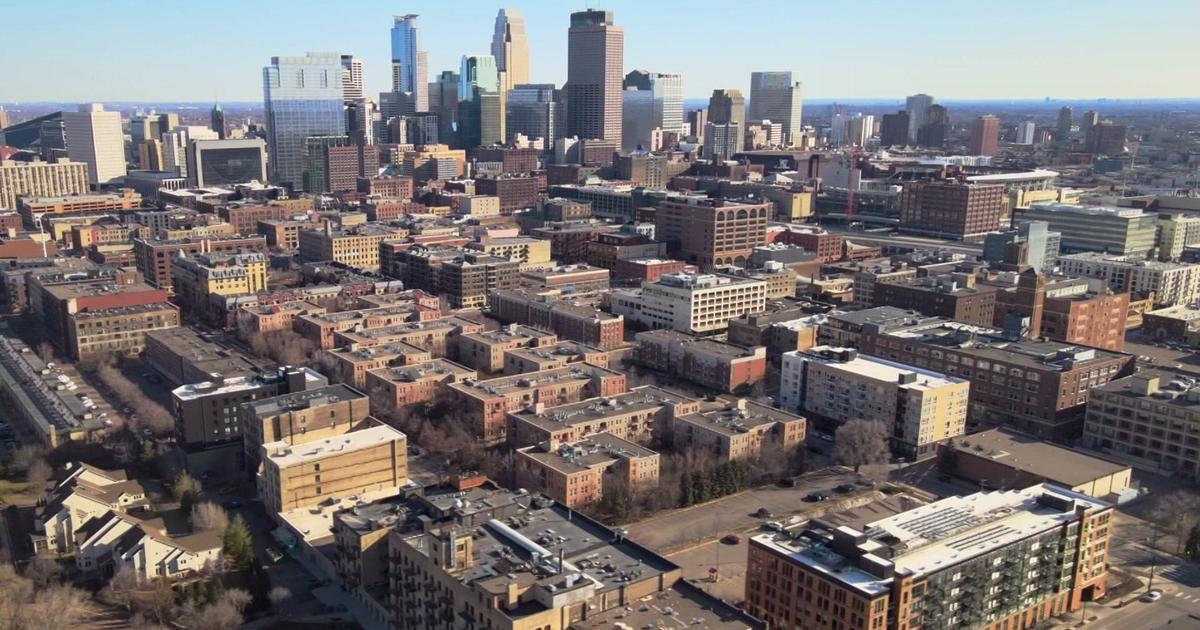Missouri River Pipeline Asks 3 States For Funding
SIOUX FALLS, S.D. (AP) — Rather than waiting for the U.S. government to come through with funding for a tri-state Missouri River water pipeline, its developers are lobbying Iowa, Minnesota and South Dakota — states that will also benefit from the project — for upfront money to keep it progressing.
Construction on the Lewis and Clark Rural Water System started in 2003, but just 11 of 20 towns and rural water systems are connected: 10 in South Dakota, one in Iowa and none in Minnesota. Most of the 20 need more water but some have quality issues with their current supply, system executive director Troy Larson said.
State and local entities already have paid their share of the deal: $154 million. But federal funding hasn't kept up with inflation, largely because of an end to certain earmarks, so the remaining federal share has increased from $194 million in 2010 to $203 million, Larson said. The current budget year's proposal is just $2.4 million.
The delays also have forced the nine members of the system that haven't been connected to spend $17.5 million on repairs and temporary upgrades to their current systems, he said.
"The idea for Lewis and Clark originated in 1989. The project was incorporated in 1990. So this project has been 25 years in the making and we are currently 65 percent complete. There are projects of huge magnitude like the Chunnel between France and Great Britain that didn't take that long," Larson said.
To keep it from taking even longer, Larson is seeking funding advances from Pierre, South Dakota, St. Paul, Minnesota, and Des Moines, Iowa, in an effort to finish the project with zero-interest loans that will be repaid as Washington appropriates funding.
South Dakota last year contributed $1 million toward engineering and design of sections that will eventually connect Madison. On Thursday, the Board of Water and Natural Resources included funding recommendations on three projects that would create a temporary water supply for the city: $7.7 million for two 5-mile sections on the actual pipeline route; $3 million for the Big Sioux Community Water System; and $1.8 million for the Minnehaha Community Water Corp.
"We anticipate support (from lawmakers), but we've got to get through those steps also," Jim Feeney, director of the board's division of Division of Financial and Technical Assistance, said of the request.
In Minnesota, lawmakers approved $22 million earlier this year to connect Luverne and the Rock County Rural Water District to the Lewis and Clark, and construction is scheduled to start soon, Larson said. He's also working with Iowa lawmakers and the governor's office to put together a proposal for the next legislative session of $25 million for the line to Sioux Center, Iowa.
"Currently, the project is on the path to infinity. That is why we're turning to the three states," Larson said. "That shows how dysfunctional Washington is — when they all agree and they still can't get the job done."
Lewis and Clark can currently pump up to 20 million gallons a day. By next summer, that will increase to 36 million gallons a day; when finished, it will be able to deliver up to 45 million gallons a day.
(© Copyright 2014 The Associated Press. All Rights Reserved. This material may not be published, broadcast, rewritten or redistributed.)



